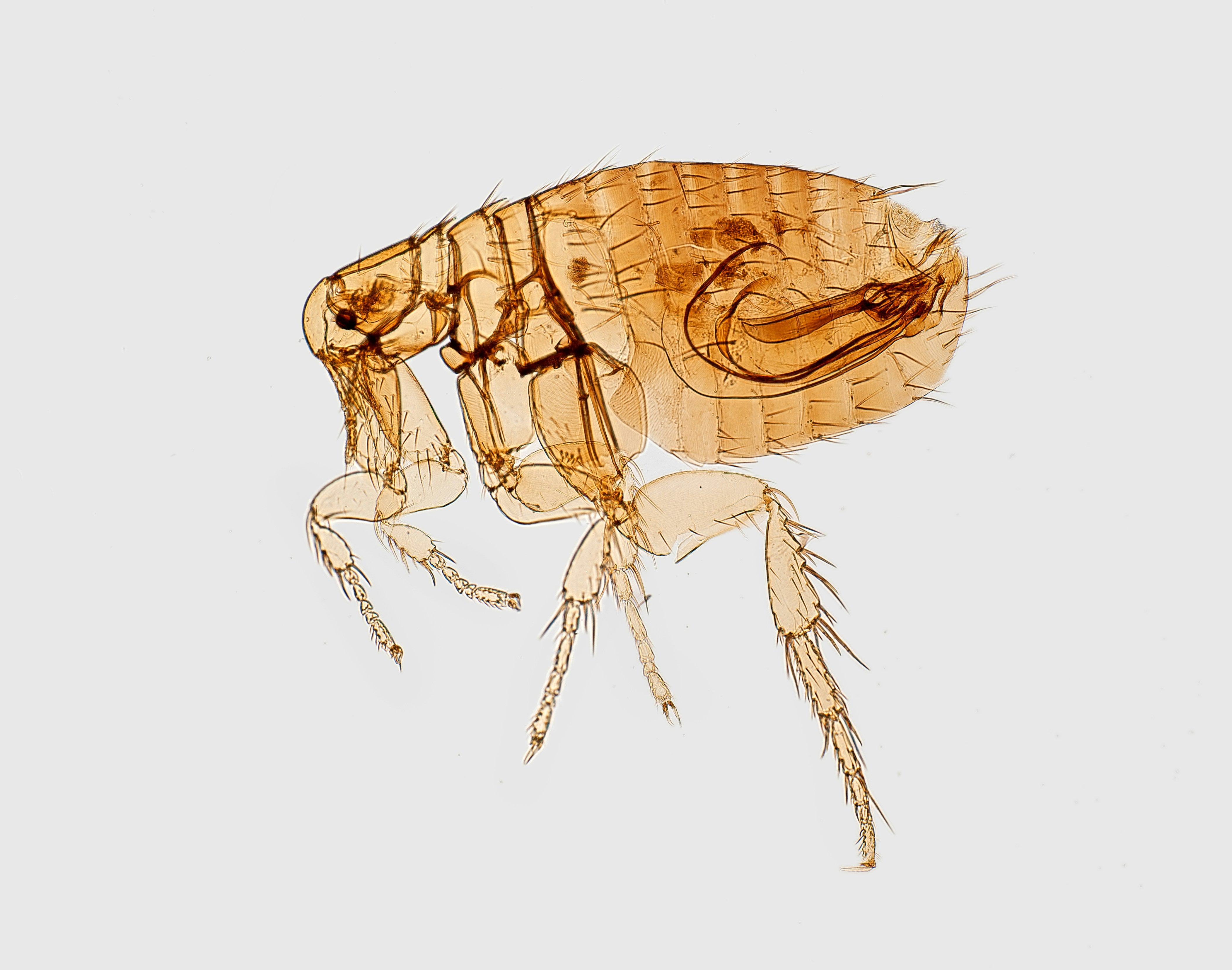Summer is a season of joy and adventure for both humans and their furry companions. However, it’s also a time when fleas, ticks, and mosquitos are at their peak, posing significant health risks to dogs. Protecting your pet from these pests is crucial to their well-being. Let’s dive into why flea, tick, and heartworm preventatives are essential during the summer months, and how you can keep your pup safe and healthy.
Understand the Risks: Pests of the Summer
Summer brings warmth and humidity, creating the perfect environment for fleas, ticks, and mosquitos to thrive. These pests are more than just a nuisance; they can cause severe health issues for your dog.
Fleas are tiny, wingless insects that feed on the blood of animals. A single flea can bite your dog hundreds of times in a single day, leading to itching, skin infections, and allergic reactions. Fleas can also transmit tapeworms and other diseases to your dog.
Ticks are arachnids that latch onto your dog’s skin and feed on their blood. They can transmit serious diseases such as Lyme disease, anaplasmosis, and ehrlichiosis. These diseases can lead to symptoms like fever, joint pain, and lethargy, which can become chronic or even life-threatening if left untreated.
Heartworms are parasitic worms transmitted by mosquito bites. Once inside your dog, heartworms grow and reproduce, eventually lodging in the heart, lungs, and associated blood vessels. This can lead to severe lung disease, heart failure, and damage to other organs. Heartworm disease can be fatal if not treated.
The Benefits of Preventative Measures
Taking proactive steps to prevent flea, tick, and heartworm infestations can save your dog from discomfort and potentially life-threatening diseases. Here are the key benefits of using preventatives:
- Health and Comfort: Preventatives ensure that your dog remains free from the irritation and discomfort caused by flea and tick bites. This means fewer scratches, skin infections, and a happier, healthier dog.
- Disease Prevention: By preventing fleas, ticks, and heartworms, you’re also protecting your dog from the diseases these pests carry. This is especially important for active dogs that spend a lot of time outdoors.
- Cost-Effective: Preventing infestations is generally more cost- and time-effective than treating the diseases and complications that arise from flea, tick, and heartworm infestations. Regular use of preventatives can save you significant money on veterinary bills in the long run.
- Peace of Mind: Knowing that your dog is protected allows you to enjoy summer activities without the constant worry of pest-related health issues. This peace of mind is invaluable for any pet owner.
Choosing the Right Preventatives
There are numerous flea, tick, and heartworm preventatives available, each with its advantages. It’s essential to choose the right product based on your dog’s lifestyle, health status, and the specific risks in your area. Consulting with your vet is the best way to decide the most suitable options for your pet.
Flea and Tick Preventatives:
- Topical Treatments: These are applied directly to your dog’s skin, usually between the shoulder blades. They provide protection for about a month and are effective against both fleas and ticks.
- Oral Medications: Given as a chewable treat or pill, these medications protect against fleas and ticks from the inside out. They are also typically effective for a month.
- Collars: Flea and tick collars release chemicals that repel and kill pests. Some collars can provide protection for up to eight months.
Heartworm Preventatives:
- Monthly Tablets or Chews: These are given once a month and work by killing the heartworm larvae before they mature into adult worms.
- Topical Treatments: Similar to flea and tick topicals, these are applied to the skin and protect against heartworms, as well as other parasites.
- Injectable Medications: Administered by a veterinarian, these provide protection against heartworms for up to six months.
Tips for More Effective Prevention
Ensuring the effectiveness of your dog’s preventative treatments requires a few additional steps Consistency is key; administering preventatives on a regular schedule is crucial. Mark your calendar or set reminders to avoid missing doses, as lapses can leave your dog vulnerable. Additionally, environmental control plays a significant role.
Keep your home and yard clean by regularly vacuuming your home, washing your dog’s bedding, and mowing your lawn to reduce the habitat for pesky pests. It’s also a good idea to regularly check your dog for fleas and ticks, especially after spending time outdoors. Prompt removal of ticks can reduce the risk of disease transmission.
Remember, while summer is the peak season, fleas, ticks, and mosquitos can be a threat year-round in many regions. Therefore, continuing preventative measures throughout the year ensures maximum protection for your dog.
Soak It In. . .
Protecting your dog from fleas, ticks, and heartworms during the summertime is crucial for their health and happiness. By understanding the risks and benefits of preventatives, choosing the right products, and following best practices for effective prevention, you can ensure your furry friend enjoys a safe and fun-filled summer. Remember, regular veterinary check-ups and consultations are key to maintaining your dog’s overall health and well-being. Stay proactive, stay informed, and give your dog the care they deserve to thrive all year round.


